Congaree is a national park and floodplain forest located in South Carolina. It is the largest of its kind in North America. The term ‘floodplain forest’ implies a high water table with some trees permanently submerged. The park was named after the Congaree River, which inspired its name.
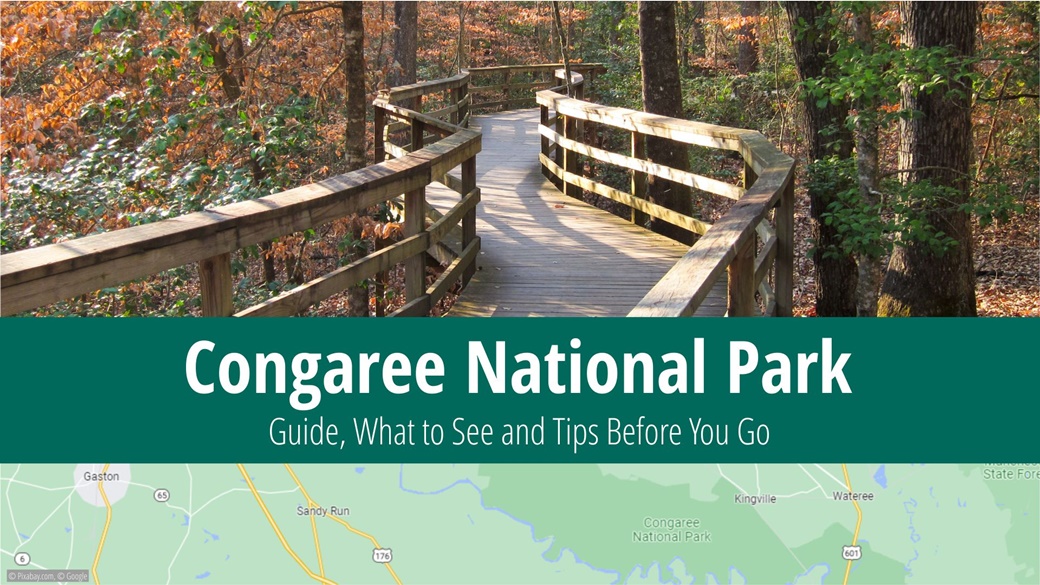
Table of Contents
- Information about Congaree National Park
- What to See and Do in Congaree National Park
- When to Visit Congaree National Park
- Congaree National Park Entrance Fees
- How to Get to Congaree National Park
- Lodging in Congaree National Park
- Tips and Recommendations Before Going to Congaree National Park
- Photos of Congaree National Park
Information about Congaree National Park
The national park was established quite recently, on November 10, 2003, after a 34-year campaign to secure the protection of the forest, home to some of the tallest trees in the eastern USA. In fact, since 1976, the Congaree swamps were designated a national monument and eventually an international biosphere reserve. As these changes occurred, the park’s size expanded, eventually reaching its current 41 sqmi.
It is one of the smaller parks. Interestingly, the land around the park is owned by descendants of former slaves. In 2021 alone, Congaree National Park attracted 215,181 visitors. The park’s topography can be compared to a flat pancake; the highest and lowest points are separated by a mere 59 ft.
The trees in the Congaree swamps benefit from ideal growing conditions, making it one of the tallest forests in the USA. The tallest trees in the country are known as the “National Champion Trees”. At Congaree, these include the deciduous holly, the laurel oak, the incense pine, the double-flowered tupelo, the western ragwort, and the water hazel. The most prevalent tree in Congaree National Park, however, is the cypress.
The animal kingdom here is dominated by dozens of bird species, making the park a popular destination for bird watchers. Mosquitoes and other insects, unsurprisingly common in the swampy environment, pose a challenge. Larger species found in the park include wild pigs, feral cats and dogs, deer, red lynxes, alligators, squirrels, and snakes.
What to See and Do in Congaree National Park
The park’s primary attraction is its towering trees, which visitors can observe up close thanks to several trails built on wooden platforms. Some of these trails even lead high into the treetops, a fascinating experience. Naturally, these elevated trails protect against the frequently occurring floods. Maps of the trails can be downloaded from the park’s website.
Low Boardwalk
This 1 mi trail runs just above the water, dominated by triangle-shaped cypress trees and deciduous trees from the tupelo family.
Elevated Boardwalk
This is perhaps the most intriguing boardwalk of all. It’s slightly over 1 mi long and stretches through the treetops to Weston Lake.
Bluff Trail
Marked in blue, this 2 mi trail runs along an elevated plateau near the visitor center through a coniferous forest.
Weston Lake Loop Trail
The 4 mi yellow-marked loop trail follows the edge of Weston Lake through the forest. Observant visitors might spot an otter or beaver swimming in the murky waters of the lake.
Oakridge Trail
The 7 mi red loop trail could take even experienced hikers up to three hours to complete. It leads through a forest of tall trees and crosses several streams, which can lead to area flooding.
River Trail
As the name suggests, this 10 mi trail leads all the way to the Congaree River.
Kingsnake Trail
The longest trail, marked in orange, is nearly 12 mi long. It meanders through more secluded parts of the park and is an excellent choice for birdwatchers.
If water levels permit, you can canoe or kayak along the park’s 15 mi trail dedicated solely to paddlers. More adventurous visitors can attempt the 50 mi Congaree River Blue Trail. Ranger-led rides are offered a few times a year, but visitors must bring their own boats. Rentals are available in nearby Columbia, for instance.
When to Visit Congaree National Park
The national park is open every day of the year without any restrictions. However, plans may need to be adjusted based on the information center’s operating hours; it’s closed on Sundays, Mondays, and all public holidays. The best time to visit is during spring and summer, when the weather is pleasant and mosquitoes are less troublesome.
Spring temperatures usually hover around 70 °F, with occasional rainfall, but mosquitoes are not a significant problem. Summer, from June to August, is the hottest period of the year, with temperatures reaching up to 90 °F on most days, accompanied by heavy showers.
Autumn is the optimal season for boaters due to the higher level of the Congaree River. Temperatures once again stay around 70 °F but are no longer humid. During winter, from November to February, snowfall is uncommon and daytime temperatures maintain a comfortable 50 °F. However, unprepared visitors could be surprised by flash floods.
Average Temperatures and Visitor Numbers in Congaree National Park
The following table shows average temperatures in Congaree National Park and visitor numbers based on the 2017-2021 average. Data is sourced from the National Parks Service.
| Max Temp | Min Temp | Precipitation Days | Visitors | Popularity | |
|---|---|---|---|---|---|
| January | 57 °F | 36 °F | 8.2 | 8 531 | 🟨🟨 |
| February | 61 °F | 37 °F | 7.6 | 11 217 | 🟨🟨 |
| March | 68 °F | 45 °F | 8.3 | 20 349 | 🟧🟧🟧 |
| April | 75 °F | 52 °F | 8.0 | 16 511 | 🟧🟧🟧 |
| May | 82 °F | 59 °F | 9.4 | 22 280 | 🟧🟧🟧 |
| June | 88 °F | 66 °F | 12.0 | 14 479 | 🟨🟨 |
| July | 91 °F | 70 °F | 14.1 | 11 385 | 🟨🟨 |
| August | 90 °F | 70 °F | 12.8 | 12 080 | 🟨🟨 |
| September | 84 °F | 64 °F | 8.4 | 10 153 | 🟨🟨 |
| October | 75 °F | 52 °F | 6.6 | 13 383 | 🟨🟨 |
| November | 66 °F | 43 °F | 6.0 | 12 683 | 🟨🟨 |
| December | 59 °F | 37 °F | 7.4 | 11 749 | 🟨🟨 |
Congaree National Park Entrance Fees
Entry to Congaree National Park is free. There is no fee for camping or for participating in ranger-led programs.
How to Get to Congaree National Park
To visit Congaree National Park, you must have your own car as there is no local public transportation. Directions to the park from several nearby towns are as follows:
| Where | Distance | Driving time | Route |
|---|---|---|---|
| Atlanta | 229 mi | 3 hours 30 minutes | View Route |
| Columbia | 17 mi | 30 minutes | View Route |
| Charlotte | 109 mi | 1 hour 45 minutes | View Route |
| Orlando | 420 mi | 6 hours 20 minutes | View Route |
During the day, parking is available at the visitor center. If you plan to camp in the park, park your car in the designated parking area near the park entrance. Once inside the park, you must rely on walking, as there are no roads through Congaree National Park and certainly no shuttle services.
Lodging in Congaree National Park
🏨 Hotels
I recommend seeking overnight accommodations in nearby Columbia, which boasts dozens of hotels, motels, and the like, ensuring reasonably priced rates. Opt for roadside motels over downtown hotels. You can get a room in a decent hotel for as little as $70 per night.
⛺ Campsites
You can camp within the park itself, where two campsites are maintained, both of which are free. Simply register upon arrival:
- Longleaf Campground
The campground near the park entrance offers 10 standard sites plus 4 sites for large groups of up to 24 people. There is no access to drinking water at the campground, so you must bring your own from the visitor center. - Bluff Campground
This campground is located on the Bluff Trail, about 1 mi from the previously mentioned campground. It offers six tent sites. However, don’t expect access to drinking water or a service road. You need to bring all necessities yourself.
Tips and Recommendations Before Going to Congaree National Park
ℹ️ Visitor Center
I recommend starting your tour of Congaree National Park with a visit to the Harry Hampton Visitor Center. Located near the Old Bluff Road access road, it is open Tuesday through Saturday from 9:00 am to 5:00 pm. Here, you can find ranger information, maps, and brochures, as well as refill drinking water or use the restroom.
👍 Good to Know
Bring water, food, and importantly, insect repellent to the park. Purchase these items in the USA at Walmart or a similar store. After your visit, check yourself thoroughly for ticks.
In comparison to other national parks, especially the larger ones, this park may not offer as many attractions. For some, it might not be worth a great deal of effort to visit, while for others, a few hours might be enough for exploration.
Before visiting the park, I recommend downloading free brochures and maps to your mobile phone or tablet. They don’t take up much space and you can glean valuable information from them while travelling.
Photos of Congaree National Park
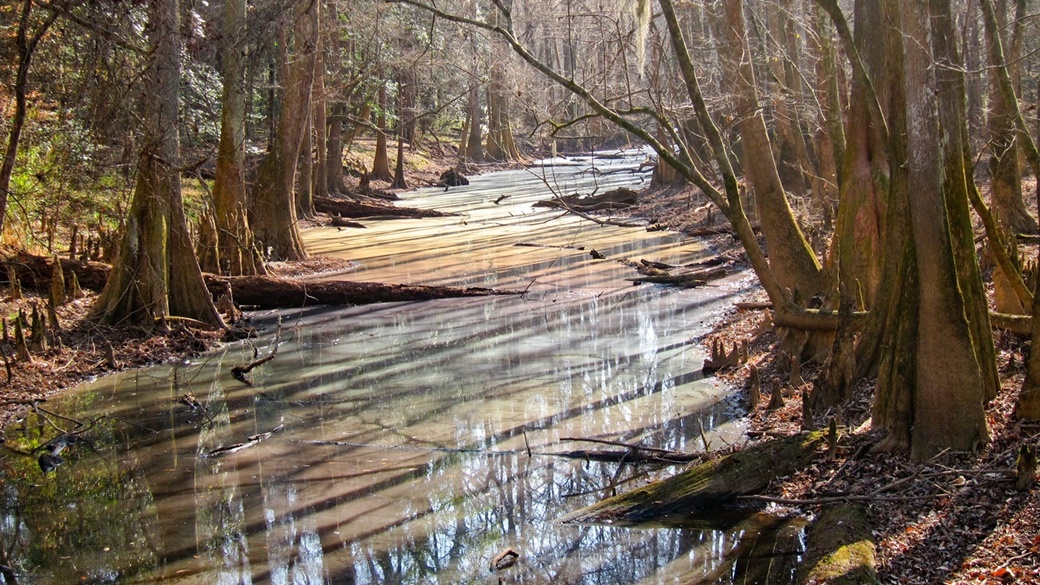
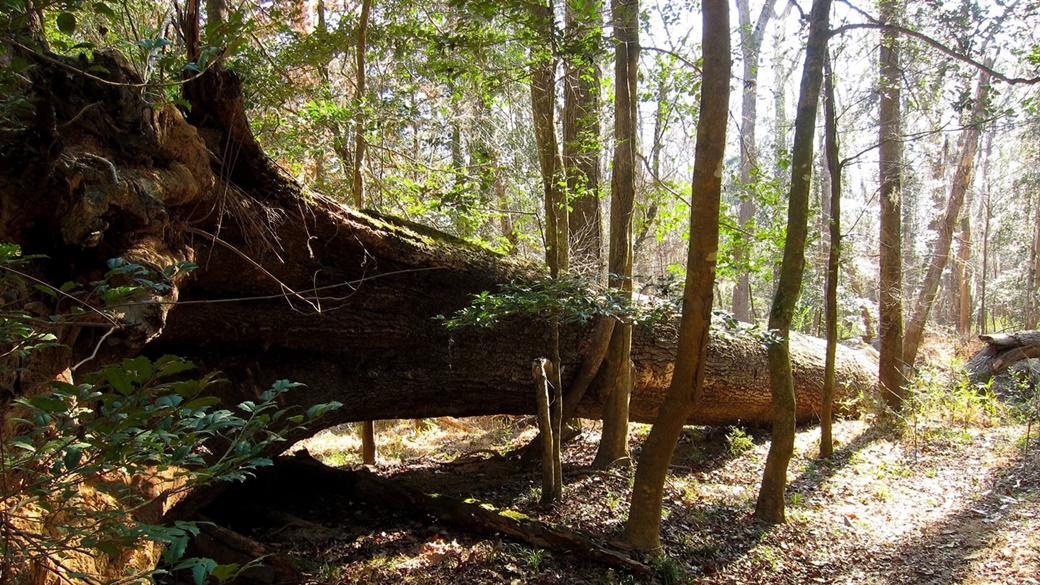
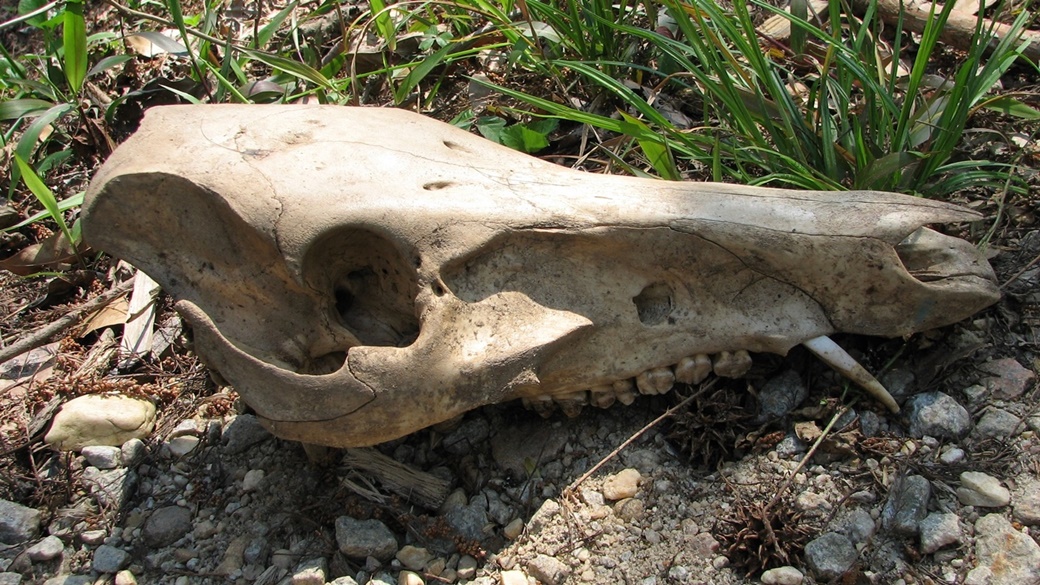
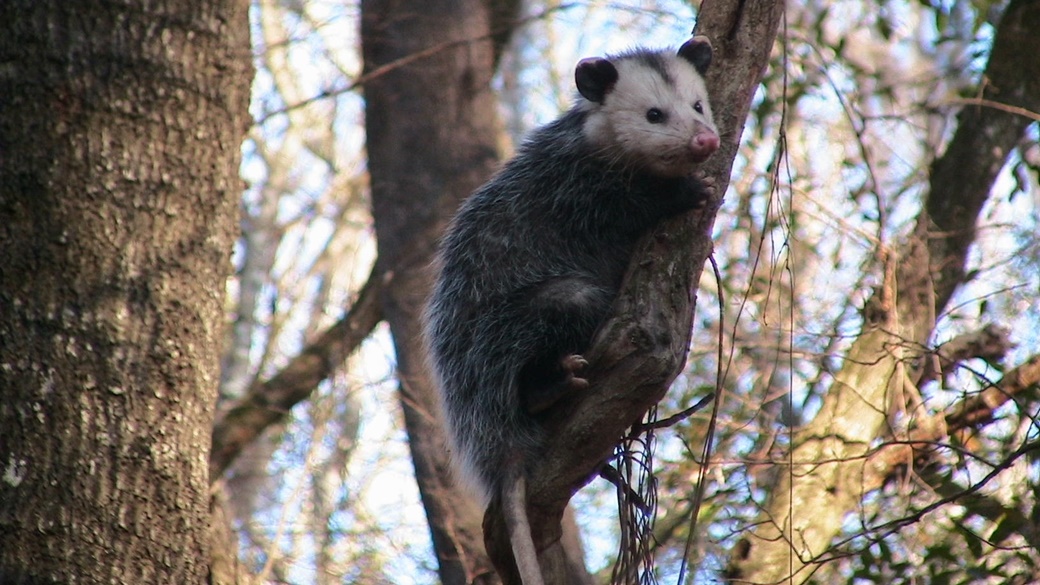
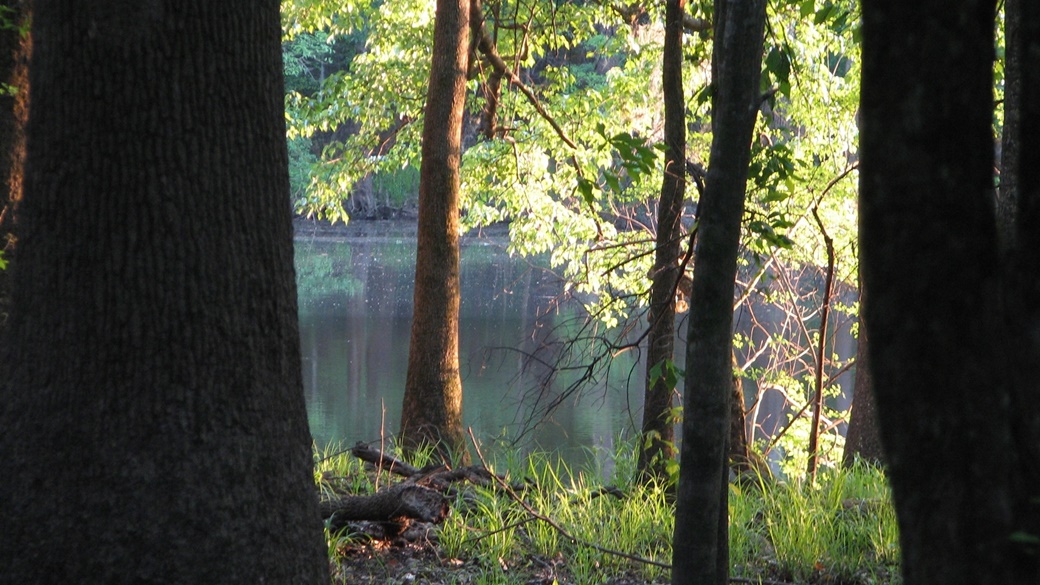
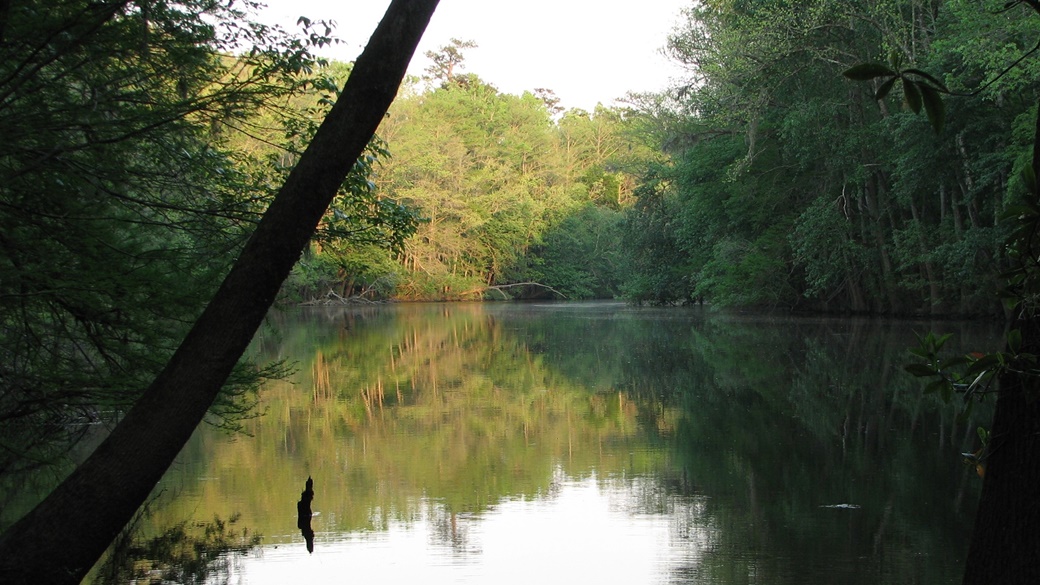
US National Parks
- National Parks of the USA – Map, List and Annual Pass
- America the Beautiful Pass 2025 – How It Works, Cost & Parks
- Timed-Entry Reservation for US National Parks (2025 GUIDE)
Travel Guides to USA National Parks

 10 Best Photo Places in the USA
10 Best Photo Places in the USA

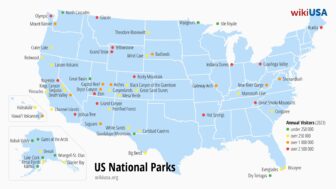

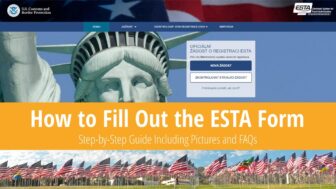
Contribute with Your Question or Personal Experience